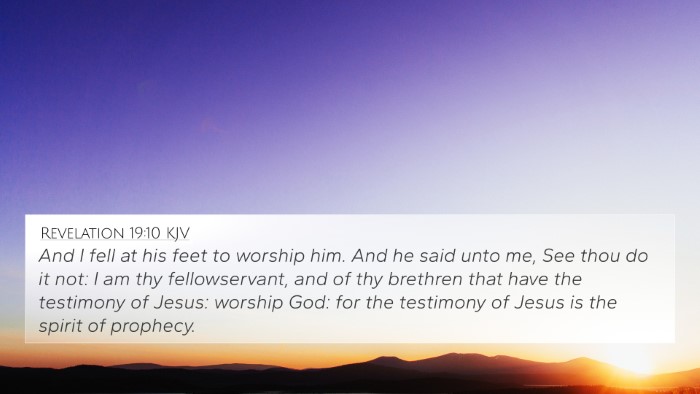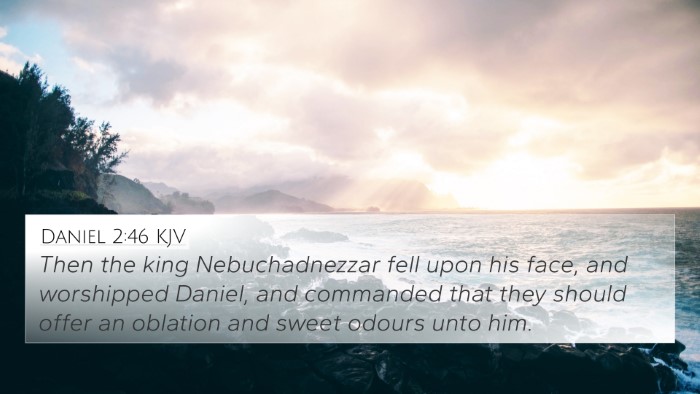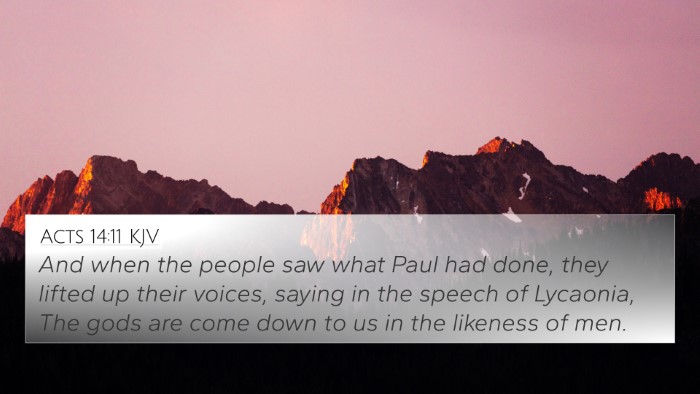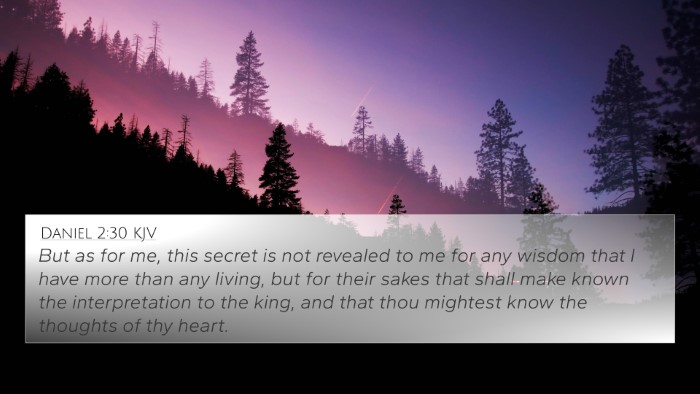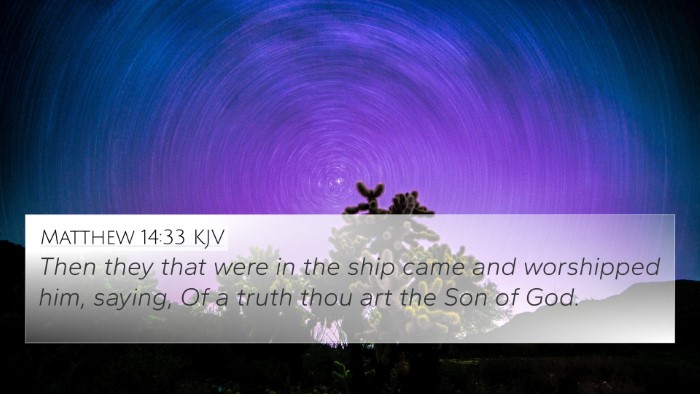Understanding Acts 10:25
Acts 10:25 reads, "As Peter entered the house, Cornelius met him and fell at his feet in reverence."
This verse is pivotal in the narrative of the early church, showcasing the dramatic encounter between Peter and Cornelius, a Gentile. The significance of this moment is profound, marking a transition point in the ministry of Peter and the inclusion of Gentiles into the church.
Summary of Meaning
The encounter signifies not only a personal meeting but also a divine orchestration that highlights themes of humility, reverence, and the breaking down of barriers between Jews and Gentiles.
Commentary Insights
According to Matthew Henry, this scene vividly illustrates Cornelius's genuine piety and recognition of divine authority. His act of falling at Peter's feet demonstrates his humility and desire to honor God’s messenger.
Albert Barnes adds that this meeting exemplifies the work of the Holy Spirit, guiding individuals to break cultural and religious barriers. Cornelius’s actions reflect an understanding of the sanctity of God’s selection of Peter as an apostle.
Adam Clarke notes the importance of this narrative as a precursor to the broader message of the gospel, which transcends ethnic and cultural limitations. It signifies that God is no respecter of persons and is welcoming to all who seek Him.
Thematic Connections
This verse is interconnected with several Bible passages that emphasize themes of inclusion, reverence, and divine purpose:
- Galatians 3:28: "There is neither Jew nor Gentile, neither slave nor free, nor is there male and female, for you are all one in Christ Jesus." This verse echoes the message of unity and equality that is essential to the Christian faith.
- Acts 2:17: "In the last days, God says, I will pour out my Spirit on all people." This promise heralds the breaking down of barriers as emphasized in Acts 10.
- John 10:16: "I have other sheep that are not of this pen. I must bring them also." Jesus’ words demonstrate the inclusive nature of His ministry.
- Romans 10:12: "For there is no difference between Jew and Gentile—the same Lord is Lord of all and richly blesses all who call on him." This verse reinforces the breaking down of ethnic divisions.
- 1 Peter 2:9: "But you are a chosen people, a royal priesthood, a holy nation, God’s special possession..." emphasizes the identity and calling of believers beyond cultural backgrounds.
- Ephesians 2:14: "For he himself is our peace, who has made the two groups one and has destroyed the barrier, the dividing wall of hostility." This illustrates the reconciliation brought through Christ.
- Luke 19:10: "For the Son of Man came to seek and to save the lost." This mission underscores Christ’s inclusive mission to all humanity.
Cross-Referencing Biblical Texts
Acts 10:25 provides a lens through which we can understand the unity and inclusivity of the Gospel message. Through cross-referencing with other scriptures, we can derive a deeper insight into the nature of God's plan:
Tools for Bible Cross-Referencing
Using a Bible concordance or a Bible cross-reference guide can help deepen understanding of these connections. Such resources assist in:
- Identifying connections between Old and New Testament narratives.
- Finding cross-references related to specific themes such as inclusion and divine purpose.
- Providing a comprehensive analysis of the thematic elements present in both Testaments.
Conclusion
Acts 10:25 serves not only as a significant turning point in the narrative of the early church but also as a reminder of God’s expansive love and inclusion. As we study this verse alongside its cross-references, we uncover vital truths about the nature of God, the mission of the church, and our own call to extend reverence and grace to all.



